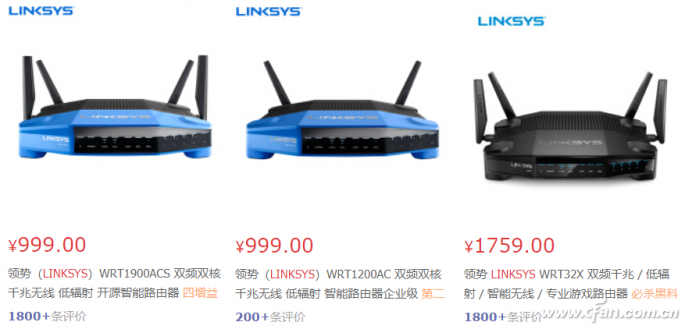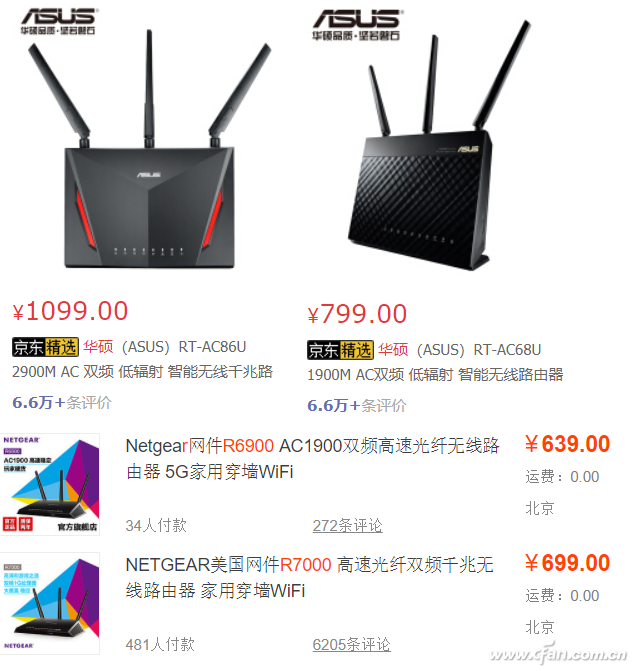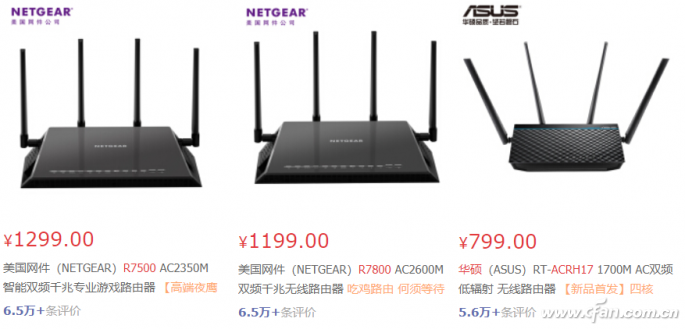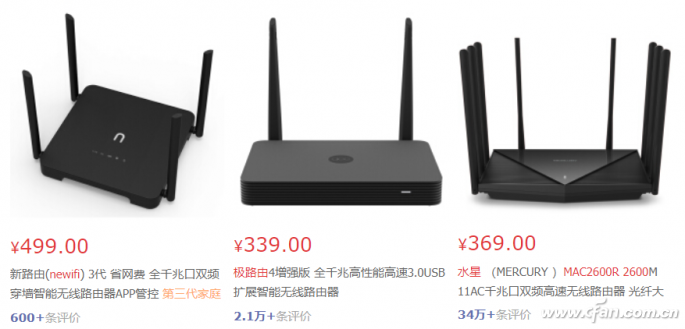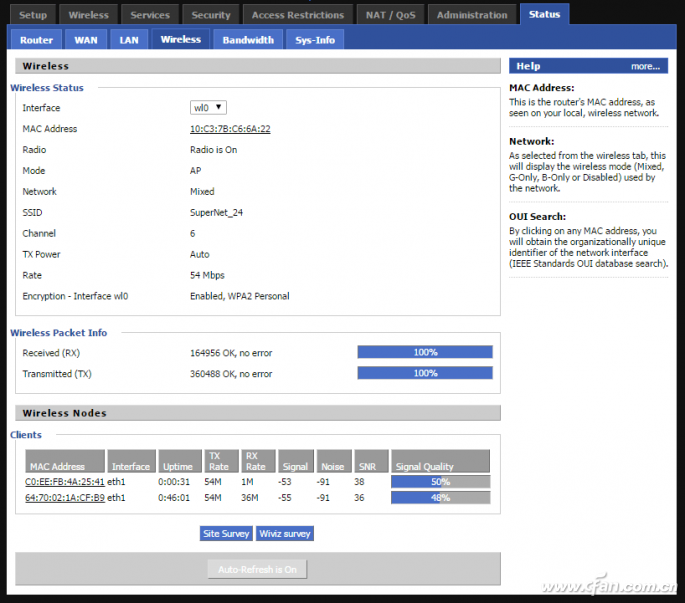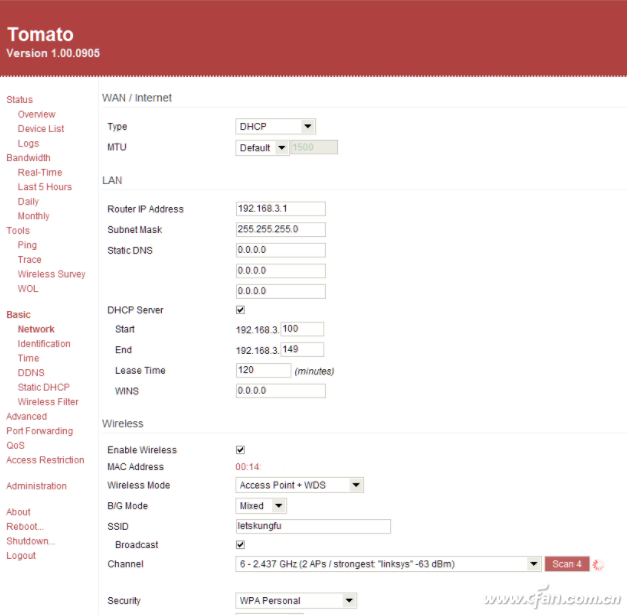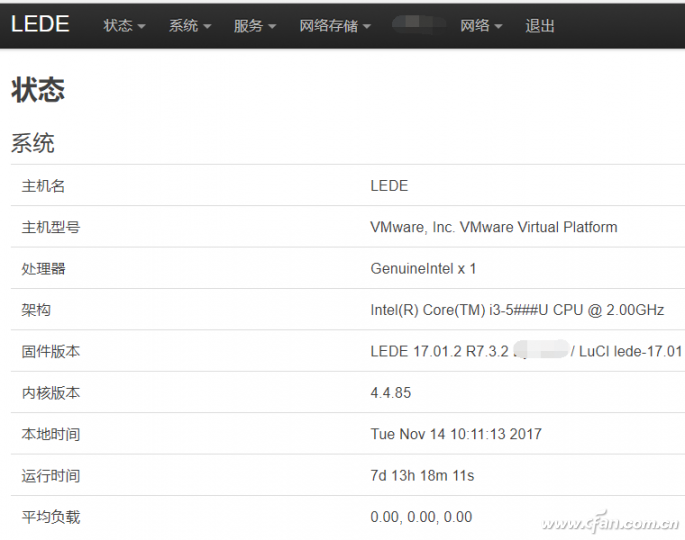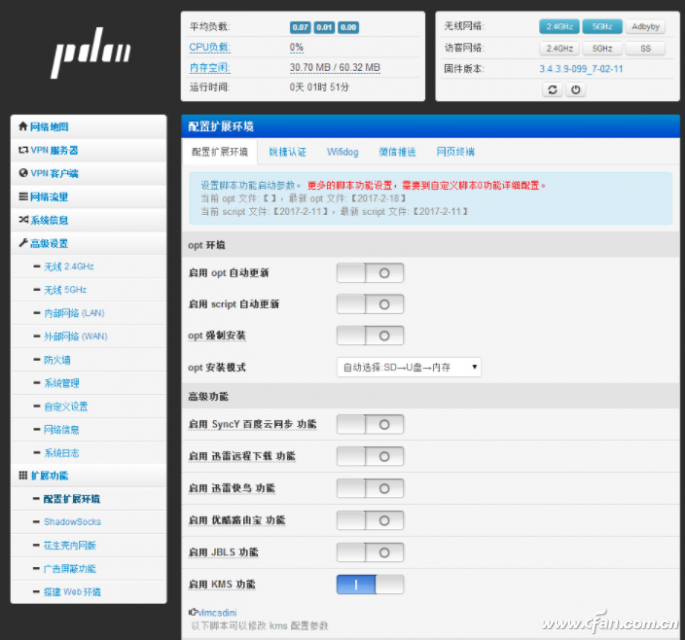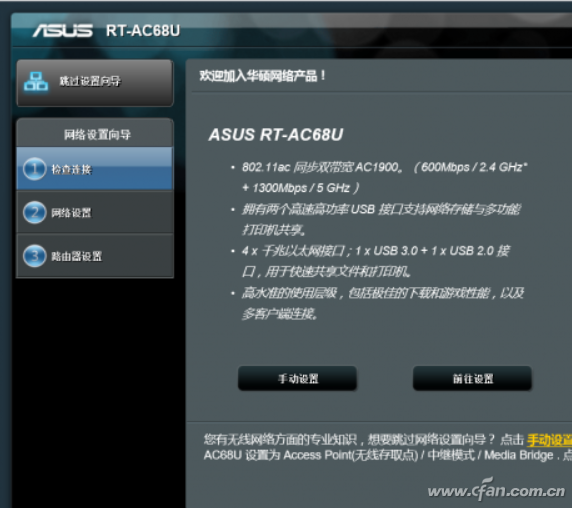Yesterday, I shared a small message about pushing the router. Xiao Bian felt that the recommended models based on the light chip were still not enough, so today I decided to compile a list of common router processors and third-party systems available in the market for your reference. If you're only focused on performance or cost-effectiveness, choosing a model based on the main chip will meet the needs of general users and even some advanced ones without any issues. However, if you have more specific requirements, third-party firmware can be a goldmine of possibilities. These systems offer powerful features, allow you to install custom software, and give you greater control over your router. Of course, their stability may not match the original firmware, which ultimately depends on personal preference. Like it. New Perspective: Looking at the Router from the Processor Marvell: You often hear about Marvell's SSDs, but they've also been a leader in router processors. Xiao Bian believes that Marvell's products in recent years have delivered excellent power efficiency and performance, although they tend to be expensive. Representative models: Linksys WRT1200/1900/32X Third-party systems: DD-WRT, LEDE/OpenWrt Broadcom: Broadcom is a major player in wireless routers (and even acquired Qualcomm). It offers great compatibility, strong performance, and maintains a large market share. While older models like BCM4708 had issues with high power consumption and heat, newer versions have improved significantly. Previously based on MIPS architecture, Broadcom now uses ARM, making it a popular choice for many high-end routers. Representative models: ASUS RT-AC86U/RT-AC68U, Netgear R6900/R7000 Third-party systems: DD-WRT, Tomato, Merlin Qualcomm: Known for its mobile chips, Qualcomm entered the router market through its acquisition of Atheros. Atheros was once a leader in Wi-Fi technology before withdrawing from the market. Today, Qualcomm focuses on ARM-based router chips, offering impressive performance. Representative models: Netgear R7500/7800, ASUS AC-RH17 Third-party systems: DD-WRT, LEDE/OpenWrt Intel: Although Intel's presence in home routers is limited, it has made significant contributions to network devices. The Fiji K3 is one example, though it’s not commonly found in consumer-grade routers. Representative models: Feixun K3 Third-party systems: LEDE, Merlin MediaTek (MTK): MediaTek is known as the "Brush King" in the router world. Its turnkey solutions make it easy for manufacturers to develop routers quickly, resulting in a wide range of compatible systems and high customization potential. Representative models: Newifi 3, Polar Route 4, Mercury MAC2600R Third-party systems: Padavan, LEDE, Merlin Huawei HiSilicon: Huawei’s HiSilicon chips are used exclusively in their own routers. As a leading ARM architecture developer, Huawei has proven its strength in networking. However, the third-party system support is very limited, with almost no options available. Representative models: Huawei WS5200 Third-party systems: None What is a Third-Party System? Third-party systems, also known as third-party firmware, are embedded systems that evolved from open-source projects. For example, Linksys opened up the source code of the WRT54G router, allowing the community to create alternative firmwares. Over time, several well-known systems emerged. DD-WRT: One of the earliest third-party firmwares, mainly used for WDS bridging and transitioning between firmware versions. It's less popular today. Tomato: Based on Linksys' GPL code, but includes Broadcom’s patented binaries. It’s mainly for Broadcom-based routers and isn't widely used anymore. LEDE/OpenWrt, Gargoyle, and PandoraBox: OpenWrt is the most popular third-party system, offering a flexible, customizable environment where you can add software packages. LEDE was born from OpenWrt and has since taken over its development. Gargoyle and PandoraBox are derivatives of OpenWrt. Padavan: Originally developed for ASUS N56U, it was later adapted for MTK N7620/7621 series routers. It’s user-friendly and powerful, making it a favorite among enthusiasts. Merlin: Developed by ASUS users, this firmware is officially supported by ASUS. It uses official drivers, ensuring better stability than open-source alternatives. It's ideal for ASUS routers and offers a balance of power and reliability. Xiao Bian recommends that if you're looking for top performance, consider Qualcomm, Broadcom, or HiSilicon processors. For stable daily use, Huawei routers are a solid choice. If you're after affordability, MTK-based routers are a good starting point. For those interested in third-party firmware, MTK is the best entry-level option. If you want to explore LEDE (for Qualcomm or HiSilicon) or Tomato and Merlin (for Broadcom), it all comes down to personal preference.
✿ Material
Made of high quality plastic and metal, rust resistance and corrosion resistance, durable enough for you to hanging items, So the product appearance is exquisite, perfect workmanship.
✿ Rating
You can meet the different RATING daily needs. Please pay attention to the model of the switch before purchase, to ensure that you purchase the same as you need.
✿ Vairous Sizes
Actuator Action is momentary and Actuator Type is long straight hinge lever. Switch Body Size as shown in the picture.So different sizes can meet all your daily different needs.
✿ Wide Application
Home appliance: micro oven, electric cooker, washing machine, electric heater, warmer, water fountain and so on.
Commercial appliance: Vending machine, electric toy, electric tools, duplicating machine and so on.
Machinery: Transport machinery, printing machinery, textile machinery and so on.
Micro Switch,Micro Limit Switch,Micro Switches Types,Interruptor Micro Switch 16A 250V Ningbo Jialin Electronics Co.,Ltd , https://www.donghai-switch.com
